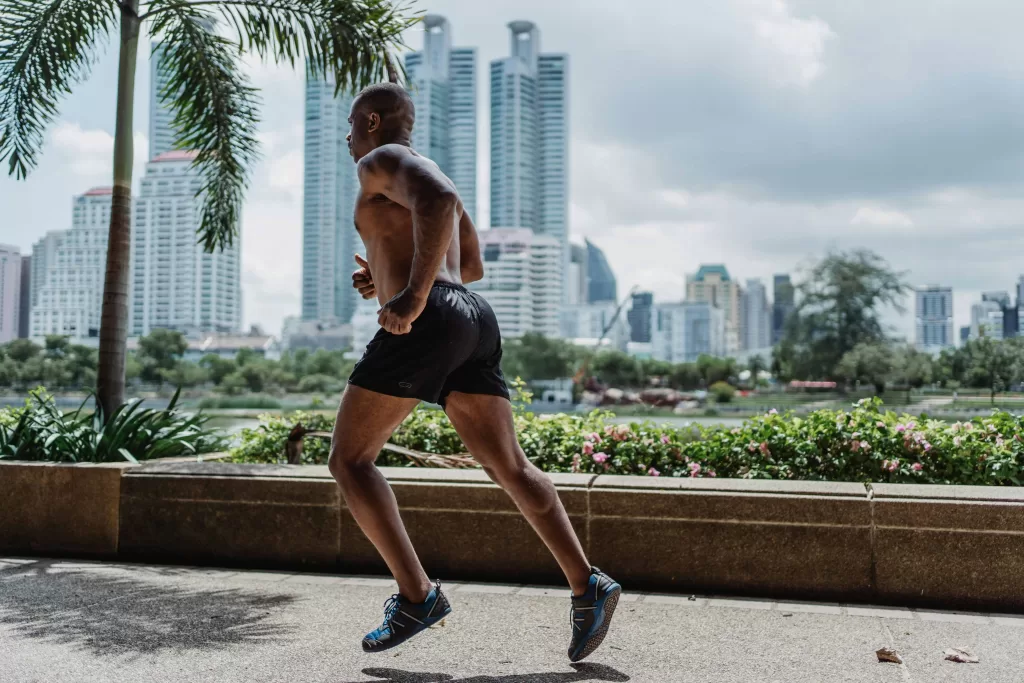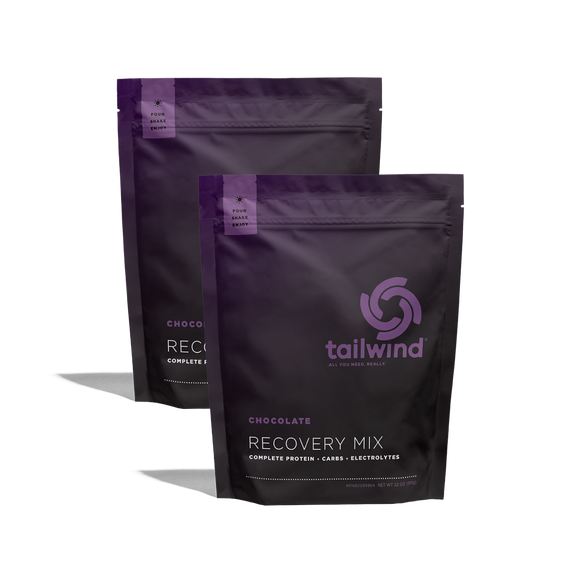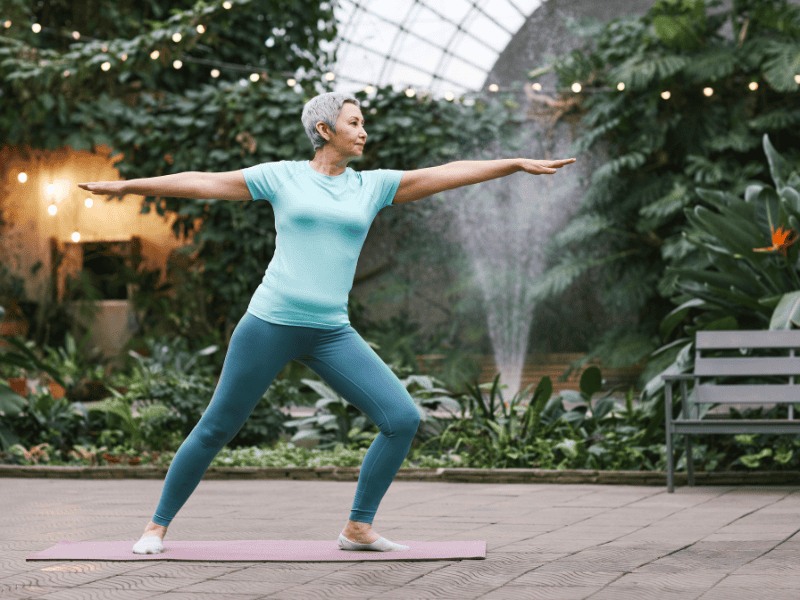
Are you wondering how you should approach running as a masters runner? (A masters runner is usually anyone over the age of 40.)
Are you too old to start running?
Or if you’ve been a runner for years, should you continue pounding the pavement?
The thing is, you’re never too old to start running.
And your age is no excuse to retire your running shoes.
Keep reading, and you’ll learn about some masters runners who’ve refused to let their age slow them down.
And then, we’ll jump into the 4 things you can do to keep yourself running strong and injury-free as a masters runner.
Let’s get started.

Whether you’re a runner looking for running tips or a cyclist searching for cycling advice, this site is here to help you elevate your fitness game.
Affiliate Disclosure: I’m here to help you grow as a rider and runner. So to keep things running smoothly and the content free, I participate in the Amazon Services program and select affiliate networks. So, when you click on those affiliate links, I earn a small commission at no extra cost to you.
It’s never too late to lace up: Masters runner prove that age is just a number
Think you’re too old to start running? These masters runners will say otherwise. This is by no means an exhaustive list, but I hope that these masters runners can inspire you to begin and continue running.
4 things you can do to keep yourself running strong and injury-free as a masters runner
No matter where you are in your running journey, little adjustments to your running make all the difference, especially as a masters runner.
So if you want to stay on top of your fitness game and avoid those common running injuries, paying attention to the small details is key.
Let’s dive into some masters running tips to keep you running strong and injury-free!

Do one day of faster running
With every year, our body’s ability to take in and use oxygen decreases. This internal physical process is essential to you as a runner because you need energy to run, and oxygen is used to break down glucose for energy.
💡But here’s the great news: you can teach your body to deliver oxygen efficiently if you do one speed run a week.
Your speed run can take on many forms—it might be an interval session, some hill running, or even picking up the pace for a few seconds.
Fast After 50: How to Race Strong for the Rest of Your Life
Fast After 50 is essential for endurance athletes wanting to stay fast and competitive as they age.
Joe Friel, America’s top endurance coach, leverages the latest research to show how runners, cyclists, triathletes, swimmers, and skiers can maintain peak performance past 50.
This book offers strategies for high-intensity workouts, strength training, recovery, cross-training, and nutrition.
Discover how to adapt your training, avoid overtraining, and continue racing strong—proving that age is just a number

Feeling a niggle? Listen to your body on off days
One of the greatest gifts of growing wiser is a deeper awareness of your body and its gentle whispers. You’re more attuned to its needs, strengths, and limitations.
And this awareness? It’s your secret weapon. It allows you to craft a more personalized and effective fitness routine, reducing the risk of injury.
Every day as a runner is a little different. Some days it feels like you’re flying and other days, it feels like running through mud. And when you’re tired or stressed, running can feel like extra work. So on those days, trust your body and adjust your run. There’s no shame in slowing your pace or even walking.
Remember, pushing through could lead to a running injury, leaving you on the sidelines for weeks or even months.
Listen to your body, and let it guide you to a healthier, happier run.

Tailwind Recovery Mix
Revitalize your post-workout recovery with Tailwind’s Recovery Mix – a delicious and hassle-free solution to kickstart your recovery process right after a ride or run.

Measure your runs by minutes instead of distance
Measuring your runs by minutes instead of distance is a game-changer. Why? It’s because your running speed can vary daily depending on many factors—like your stress levels, your energy, the weather, and more.
Maybe today you didn’t run as fast as you’d like because it was hot and humid. (Pop on over to this post to learn how to run in hot weather.) Or perhaps you didn’t cover the number of miles you had in mind because you’ve been feeling stressed.
Either way, pushing yourself to go faster isn’t going to magically make those 30 minutes fly by—in fact, it’s just going to make it harder.
For beginner master runners, running by time removes the pressure to keep up with a “fast” pace and compare yourself to speed demons.
And for experienced master runners, running by time helps you let go of past performances. It’s easy to compare your current running fitness to your past self and push yourself to reach those same speeds but trust me, that’s a recipe for a running injury and overtraining.
When you run by time, you get your run in without overdoing it. And, you get to focus on enjoying your run and feeling good.

Do at least 2 days of strength training

As we age, keeping our muscle mass becomes more challenging due to sarcopenia, the age-related loss of muscle tissue. A review in Aging Research Reviews emphasizes that regular resistance training is vital for combating sarcopenia and preventing falls in older adults (Smith et al., 2022).
Fortunately, much of this research focuses on sedentary adults, so it doesn’t have to apply to you. When inactive adults lose muscle size, strength, and power, it’s because they’re not moving enough, causing their muscles to wither away.
But here’s the good news: adding two days of strength training to your routine—one day for your lower body and another for your upper body—can preserve your muscle mass and keep your running performance strong and vibrant.
You have strong legs from running but don’t forget about all the other muscles that support your running form.
From your core to your arms, your whole self must be strong to support your running.
Finish Strong: Resistance Training for Endurance Athletes
Finish Strong is here to guide you with step-by-step instructions on the best moves specifically for runners.
Whether you’re a fitness newbie or a masters runner, Finish Strong will help you build strength and enhance mobility so you can keep running strong, no matter your age.
“Take what you have and get out there. Don’t get stuck on what you don’t have and what you’ve lost. Get out there and use what you have to do whatever you can do and whatever you can accomplish.” – Remembering Ida Keeling, Who Set Track Records into Her 100s
Don’t forget your free guide! In this free download, we’ll go through some questions to help you decide when to adjust your run, do an active rest day, or take the day off.

